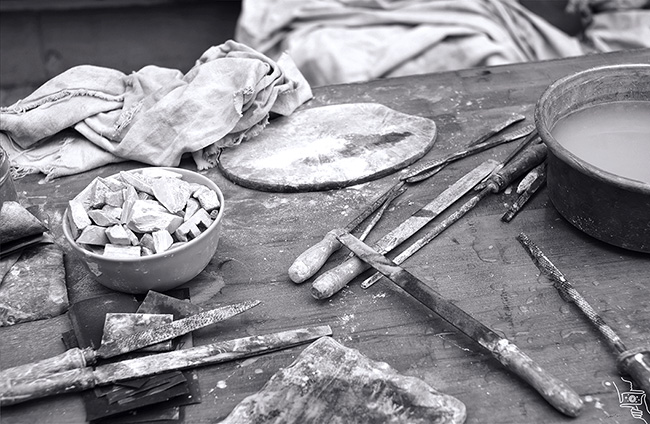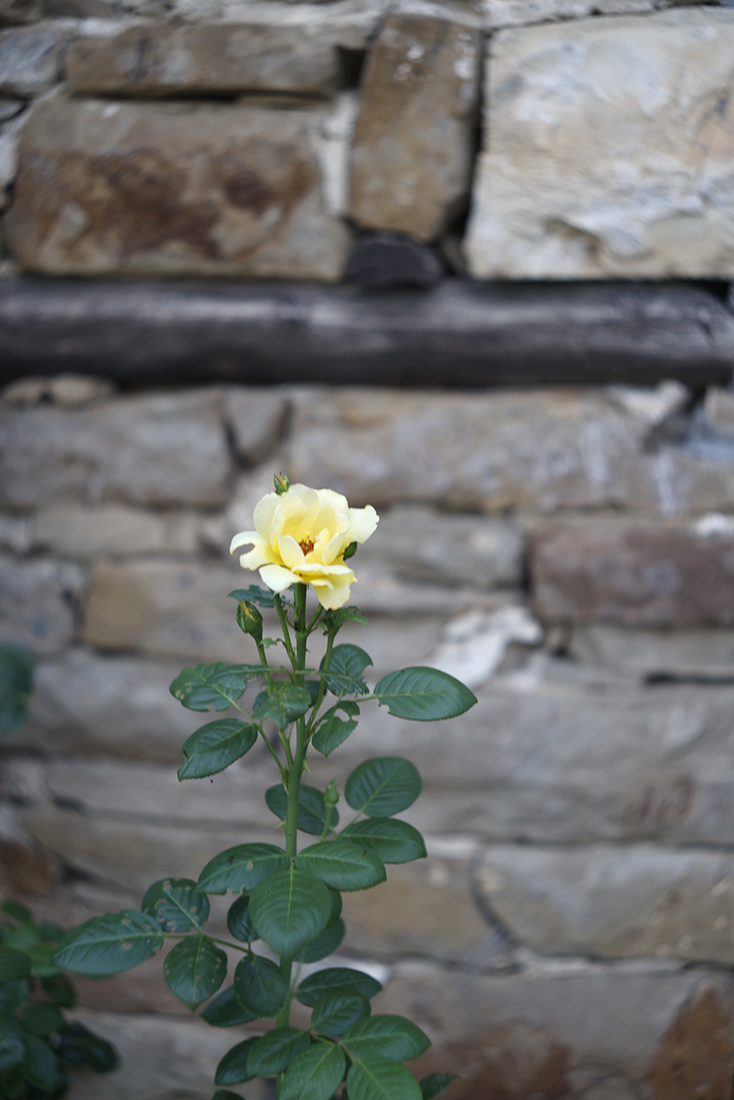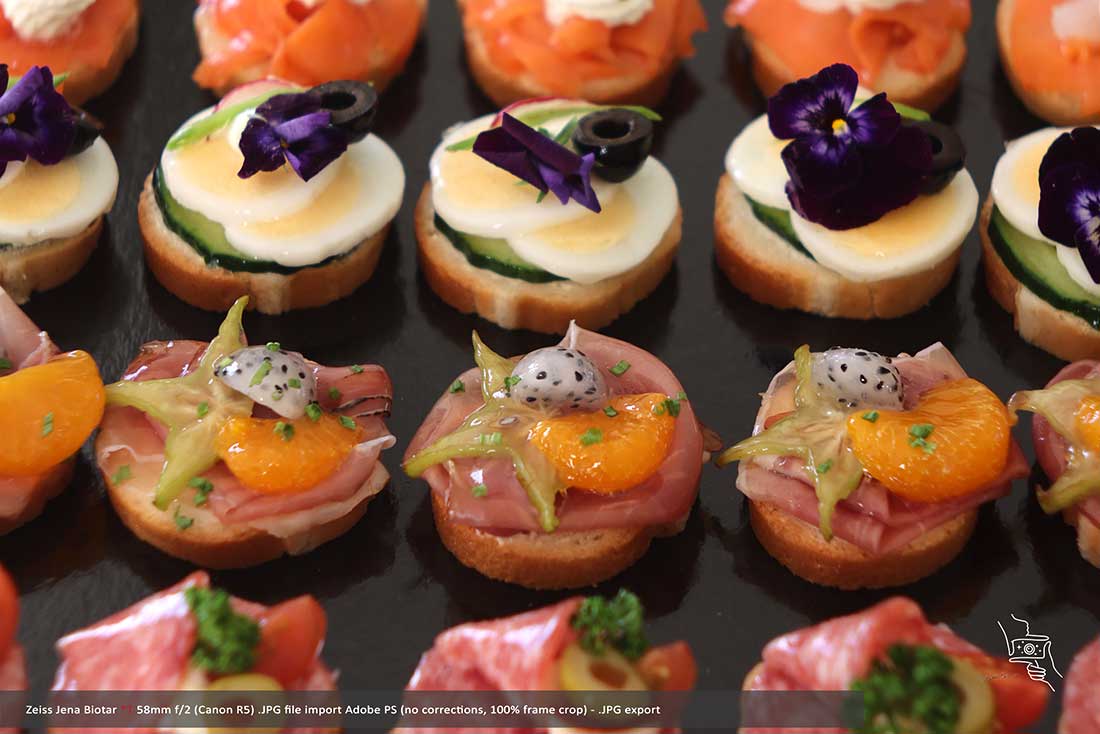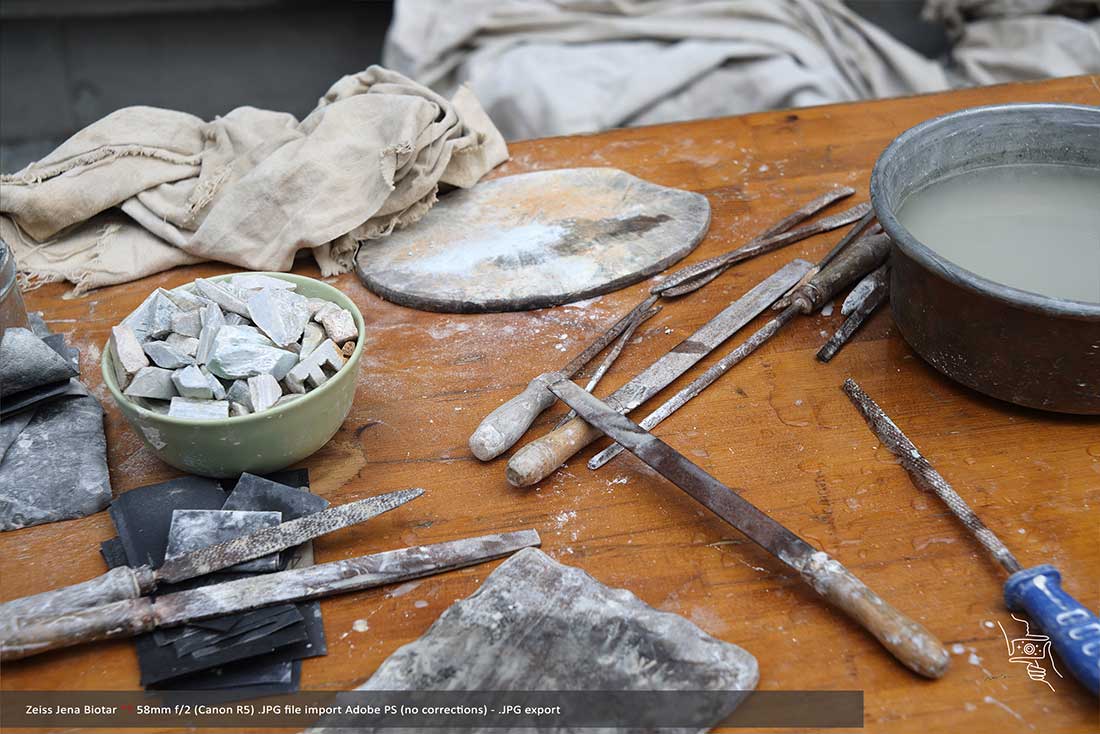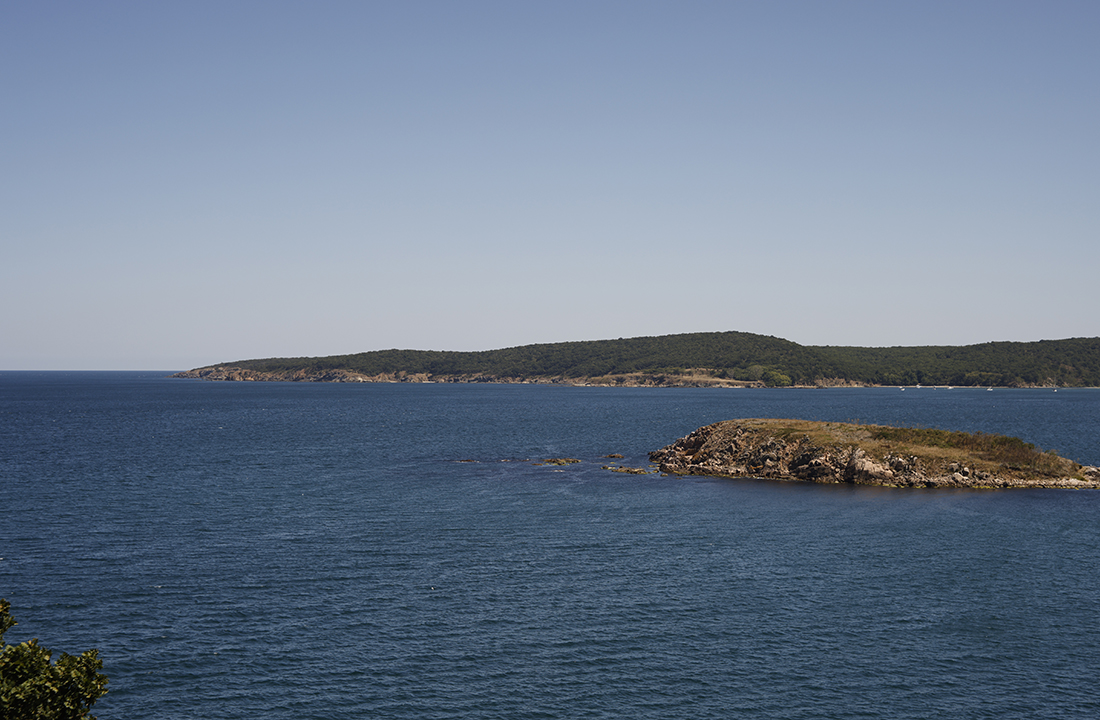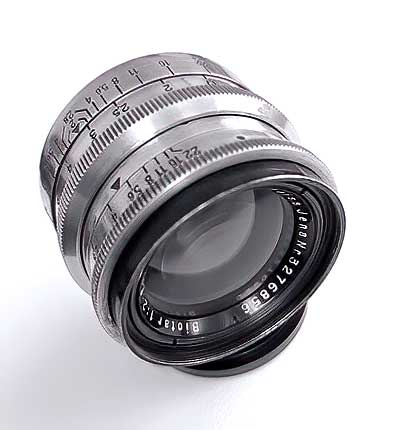Lens overview
The Carl Zeiss Jena Biotar T 58 mm f/2 is a classic double‑Gauss (6 elements / 4 groups) normal lens renowned for its swirly bokeh and crisp central sharpness. This review focuses on the post‑war “T”‑coated version produced in Jena, Germany (GDR/DDR); your copy is the sought‑after 17‑blade variant in Exakta mount. Typical specs for this version: f/2–22, ~0.8 m MFD, 40.5 mm filter, and ~210 g, with a field of view around ≈41–45° depending on the source.
Manufacturing country: Germany (Carl Zeiss Jena, East Germany in the post‑1949 era).
Pricing (then & now):
- Period price: Contemporary material cited by the Oprema Jena Biotar revival notes a $239 USD price tag in 1938 (≈ $4,000+ in today’s money)—a helpful indicator of the lens’s original premium positioning. (Historical marketing figure; precise trims varied by mount/version.)
- Current market (2024–2025): Clean 17‑blade Red‑T copies commonly sell for $250–550; later 10–12-blade versions can be $150–350, with dealer‑served examples higher.
Build and ergonomics
Compact all‑metal construction with smooth, long‑throw manual focus. Early T‑coated versions often use preset aperture mechanisms; your sample’s 17‑blade iris yields exceptionally round highlights. The small 40.5 mm filter thread and ~210 g weight keep it portable, though many copies are decades old—condition (lubrication, haze) varies and may warrant a CLA.
Optical performance
- Sharpness: Strong center performance at f/2–2.8; corners soften due to field curvature and aberrations typical of the period. Stopping down to f/5.6–8 markedly improves uniformity.
- Color & contrast: The T coating (single‑layer) helps maintain moderate contrast and neutral color; it responds well to a gentle contrast lift in post.
- Bokeh & rendering: Signature swirly bokeh in busy backgrounds, especially toward the frame edges; the 17‑blade diaphragm keeps highlights round when stopped down. The look inspired later lenses, such as the Helios‑44 line.
- Flare & ghosting: Backlight can produce veiling flare and loss of micro‑contrast; use a hood and shade the front element when possible.
- Distortion & vignetting: Low geometric distortion; visible vignetting wide‑open that eases by f/4–5.6—part of the Biotar “glow” aesthetic.
Digital adaptation
- Mirrorless (RF/Z/E/X/L): Exakta or M42 versions adapt easily with passive adapters and retain infinity focus thanks to the short mirrorless flange. Your setup—Exakta→EOS‑R—is a good template. Enable IBIS manually at 58 mm.
- Canon EF DSLRs: Exakta (44.7 mm FFD) and M42 (45.5 mm) both adapt to EF (44 mm) with passive rings and infinity intact.
- Nikon F DSLRs: With F (46.5 mm) being longer, infinity is not possible with a glassless adapter from Exakta/M42; corrective‑optics adapters degrade image quality. Nikon Z mirrorless avoids this limitation.
Historical and collector context
Designed in the late 1930s and produced from 1946 post‑war in multiple mechanical variants (manual/preset/semi‑auto, Exakta and M42 mounts), the Biotar 58/2 became an icon for its swirl and “3D‑pop” rendering. Post‑war East German lenses often carry the “Q1” quality mark and the Red “T” coating symbol. Desirability climbs for 17‑blade examples and cosmetically excellent silver or black finishes. Production ran into the early 1960s before newer designs (e.g., Pancolar 50/1.8) took over.
Impressions
The Biotar works best when you lean into its character: center your subject, place textured, high‑contrast backgrounds behind them, and shoot f/2–2.8 to activate the swirl. For more “classic” rendering, stop to f/5.6. On modern mirrorless bodies with focus magnification/peaking and IBIS, it’s straightforward and enjoyable despite its vintage ergonomics.
Sample Photos
Verdict — Pros and Cons
Pros
- Iconic swirly bokeh with round highlights on 17‑blade versions
- Compact, all‑metal, exceptional quality build; portable and well‑balanced
- Easy adaptation to mirrorless; EF compatibility with passive rings
- Intense center sharpness; classic color/contrast that grades well
Cons
- Flare/veiling in backlight (single‑coated “T”); hood recommended
- Edge softness/field curvature at wide apertures; not for critical flat‑field work
- Version variability (blade count, mechanics, MFD) – check specifics before buying
- Prices for pristine 17‑blade copies can be above average for vintage normals


